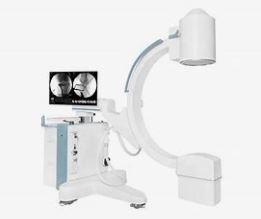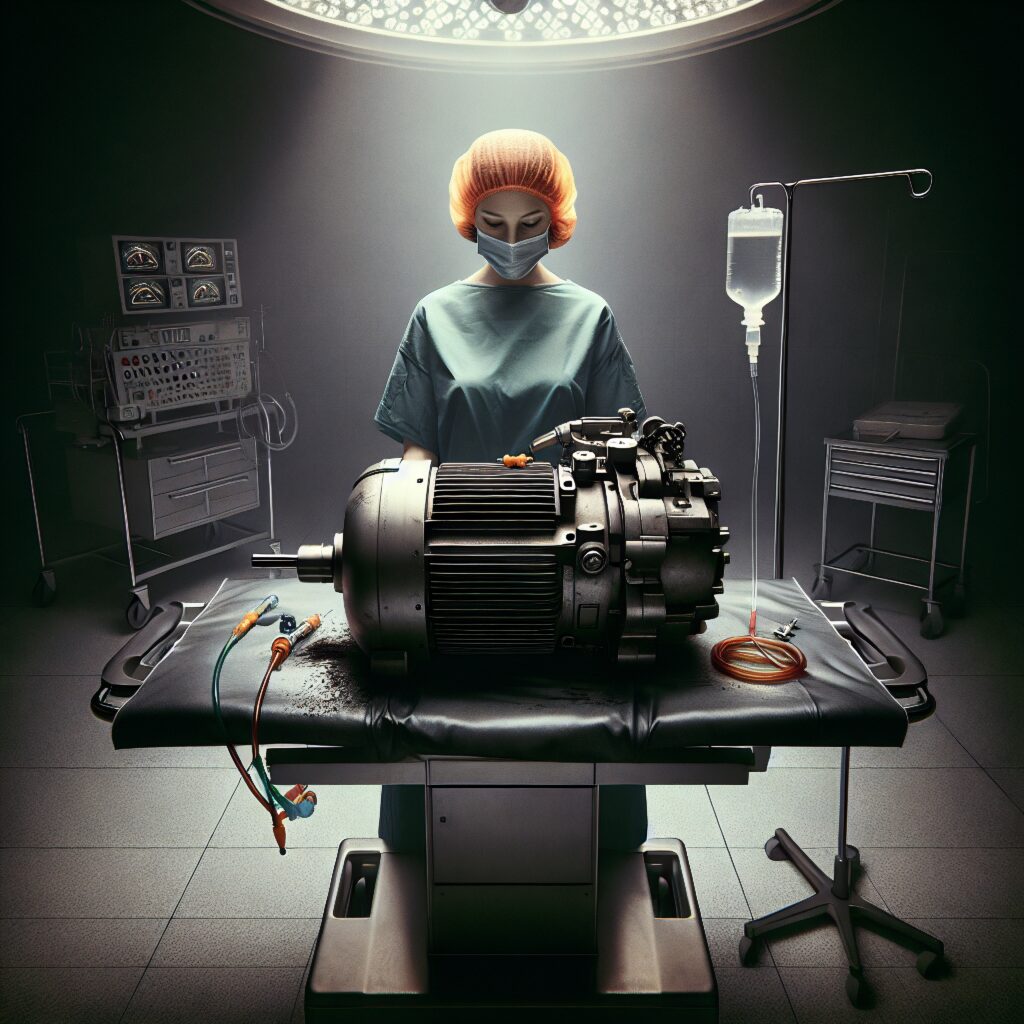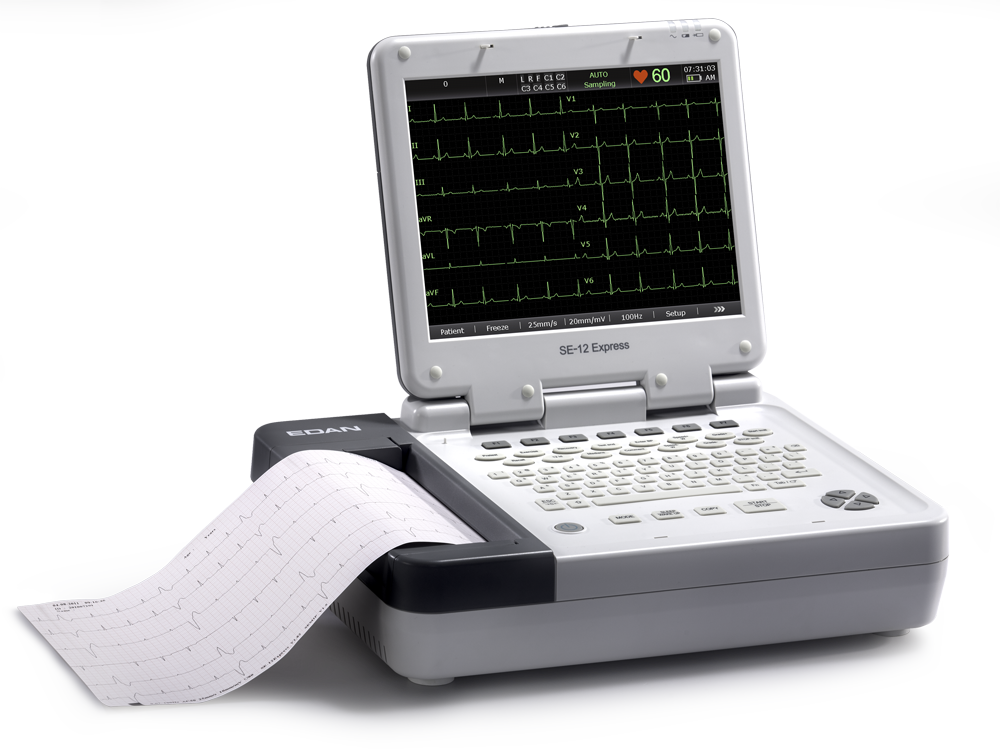C-Arm Machines
Choosing the Right C-Arm for Your Medical Practice – A Comprehensive Guide:
Selecting the best C-arm or mini C-arm for your surgery center or medical practice is a critical decision that can significantly impact the quality of care you provide. This guide will walk you through the essential steps and key features to consider, helping you make an informed choice.
Steps to Determine the Best C-Arm
- Assess Your Imaging Needs
- Procedures: Identify the types of procedures you will be performing most frequently. Different procedures may require different imaging capabilities.
- Patient Volume: Consider the number of patients you expect to serve. Higher patient volumes may necessitate more robust and durable equipment.
- Evaluate Image Quality
- Look for C-arms with high-resolution imaging capabilities to ensure precise visualization of anatomical structures.
- Consider the technology used, such as image intensifiers or flat panel detectors, as these can impact image quality and radiation dose.
- Consider Size and Mobility
- Full-Size C-Arms: Ideal for comprehensive imaging needs but require more space.
- Compact C-Arms: Save space and are easier to move around but may have fewer features.
- Mini C-Arms: Best for smaller, more focused procedures and are highly portable.
- Safety Features
- Ensure the C-arm has advanced safety features to minimize radiation exposure to both patients and staff.
- Look for features like pulsed fluoroscopy, image hold, and time-warning settings to reduce exposure times.
- Budget Considerations
- Determine your budget and compare it with the cost of different models. Remember to factor in maintenance and potential upgrades.
- Vendor Support and Warranty
- Choose a vendor that offers excellent customer support and a comprehensive warranty. This ensures you have assistance when needed and that your equipment remains in good working condition.
- Trial and Feedback
- If possible, arrange for a trial period to test the equipment in your actual working environment.
- Gather feedback from the medical staff who will be using the equipment to ensure it meets their needs and preferences.
Key Features to Look for in a C-Arm
- X-ray Generator
- Power: Higher power allows for better image quality with shorter exposure times. C-arms typically range from 2.5 kW to 25 kW.
- Modes: Look for both radiographic and fluoroscopic modes, including pulsed fluoroscopy and digital subtraction angiography.
- Image Quality
- Resolution: High-resolution imaging is crucial for precise visualization.
- Detector Technology: Choose between image intensifiers and flat panel detectors, with the latter generally offering better image quality and lower radiation doses.
- Maneuverability and Size
- Dimensions and Weight: Ensure the C-arm is lightweight and easy to move, especially if space is limited.
- Range of Movements: Check the C-arm’s ability to move in various directions to accommodate different procedures.
- Safety Features
- Radiation Dose Management: Features like automatic dose regulation and pulsed fluoroscopy help minimize radiation exposure.
- Safety Alarms: Look for systems that alert users to prolonged exposure times.
- Image Processing and Storage
- Image Processing: Advanced processing capabilities can enhance image clarity and detail.
- Storage and Transfer: Ensure the system has adequate storage and easy transfer options for images.
- Compatibility and Integration
- Other Equipment: Ensure the C-arm is compatible with other medical devices and systems in your practice.
- Software Integration: Look for seamless integration with your existing software for efficient workflow.
- Ease of Use
- User Interface: A user-friendly interface can significantly reduce the learning curve and improve efficiency.
- Training and Support: Consider the availability of training and ongoing support from the manufacturer.
- Budget and Cost
- Initial Cost: Compare the initial purchase price of different models.
- Maintenance and Upgrades: Factor in the cost of maintenance and potential future upgrades.
Matching Procedures with C-Arms
Full-Size C-Arms:
- Orthopedic Surgery: Full-size C-arms provide high-resolution images necessary for complex bone and joint surgeries.
- Cardiovascular Procedures: These C-arms are equipped with advanced imaging capabilities for detailed views of the heart and blood vessels.
- Neurosurgery: High-quality imaging is crucial for delicate brain and spinal surgeries.
Compact C-Arms:
- Pain Management: Compact C-arms are suitable for procedures like epidural steroid injections and nerve blocks, where mobility and ease of use are important.
- Urology: These C-arms can be used for procedures such as lithotripsy and other minimally invasive urological surgeries.
- General Surgery: Ideal for a variety of general surgical procedures that require reliable imaging without the need for extensive space.
Mini C-Arms:
- Hand and Foot Surgery: Mini C-arms are perfect for detailed imaging of small anatomical structures in extremities.
- Podiatry: These C-arms provide the necessary imaging for foot and ankle procedures.
- Pediatric Orthopedics: Their smaller size and lower radiation dose make them suitable for imaging in pediatric patients.
Image Intensifiers vs. Flat Panel Detectors
Image Intensifiers:
- Technology: Amplify X-ray images by converting X-ray photons into visible light photons.
- Image Quality: Generally lower resolution compared to flat panel detectors, with potential peripheral field of view distortion.
- Radiation Dose: Typically requires a higher radiation dose, especially in magnification modes.
- Cost and Maintenance: More affordable upfront and easier to find parts and service.
Flat Panel Detectors:
- Technology: Directly capture X-ray images and convert them into digital signals.
- Image Quality: Higher resolution and better image clarity, with a larger field of view and higher contrast resolution.
- Radiation Dose: Generally offers lower radiation doses, even in magnification modes.
- Cost and Maintenance: More expensive upfront but less image degradation over time.
Choosing between image intensifiers and flat panel detectors depends on your specific needs, budget, and the types of procedures you perform. By considering these factors and following the outlined steps, you can select a C-arm that best fits your practice’s requirements and enhances your ability to provide high-quality patient care.




